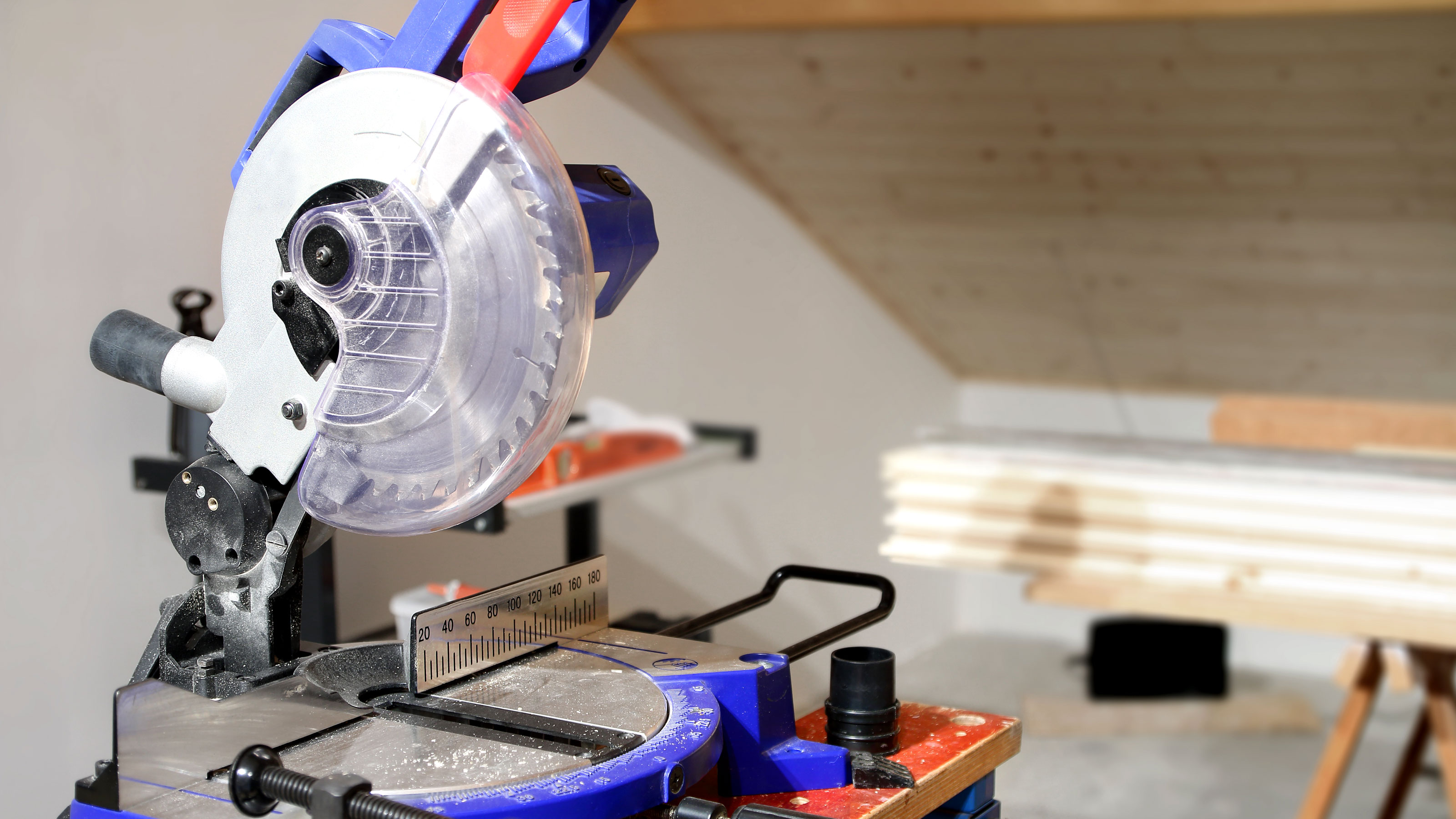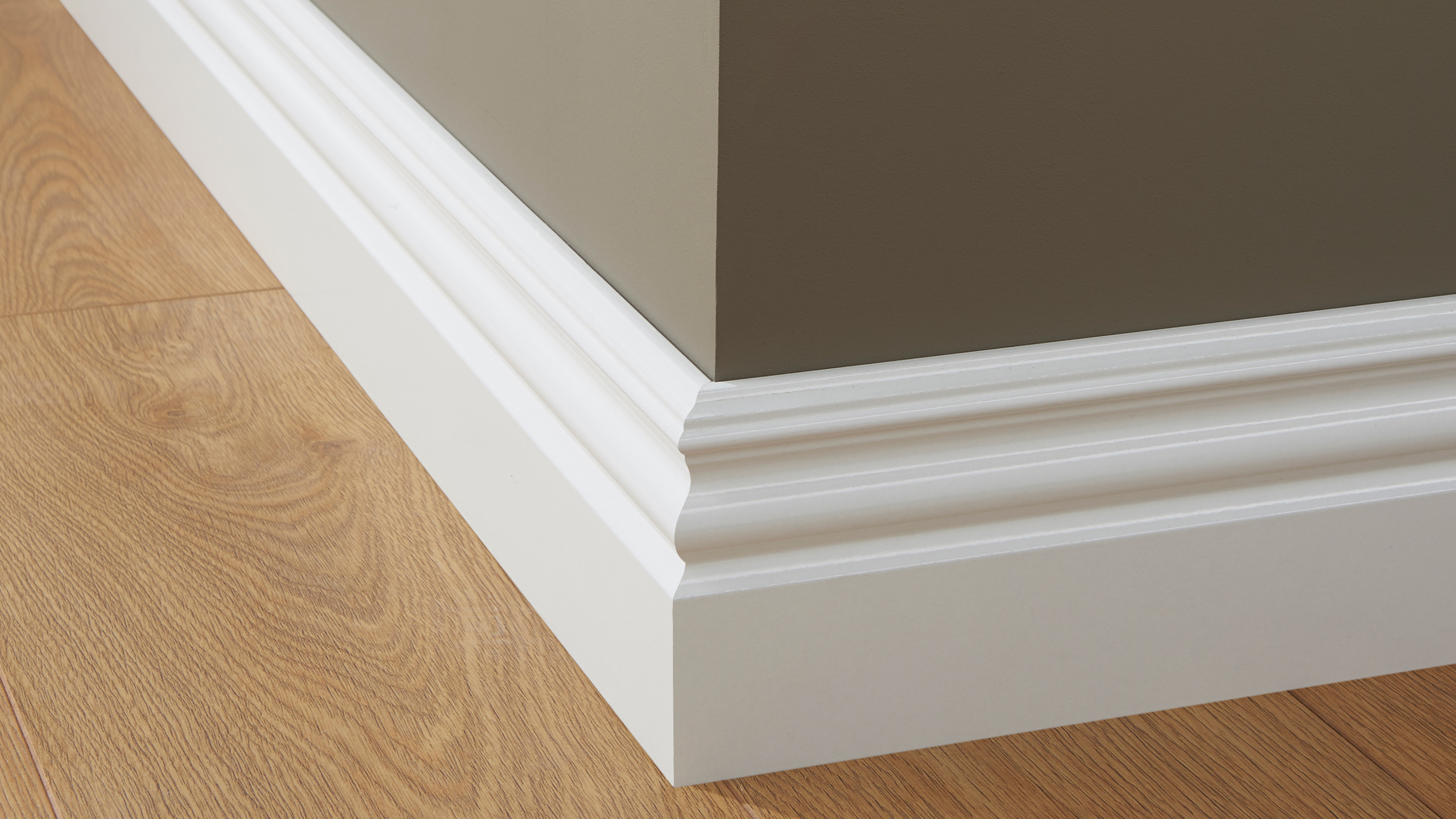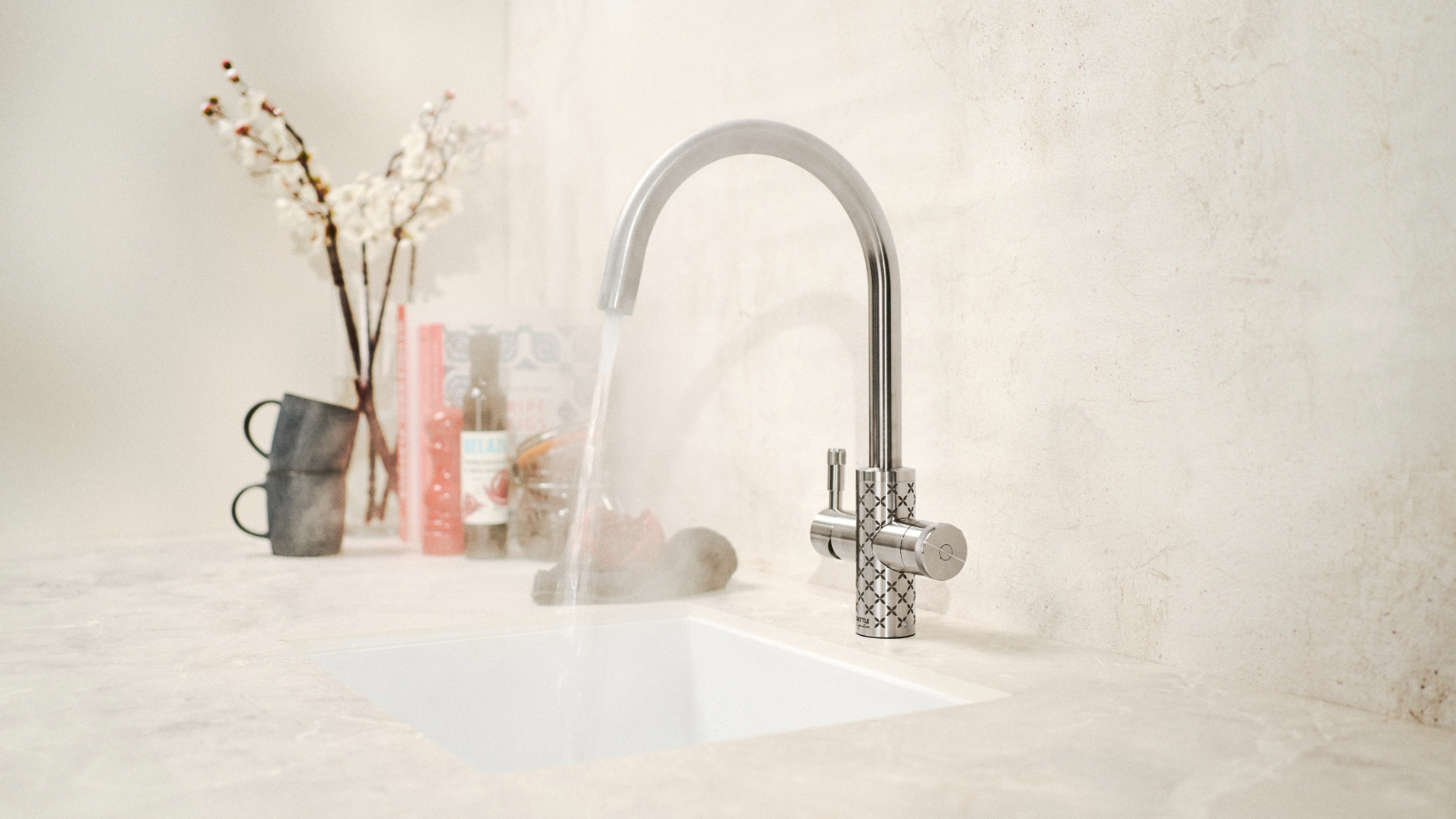What is a mitre saw? And when you will need one?
Here we answer the question what is a mitre saw, tell you what DIY projects they're good for, the benefits of owning one and why you should consider buying one

What is a mitre saw is a common question amongst DIYers. You know the name but aren’t sure what it does and even less sure if you are going to need one for future home improvement projects.
There are a lot of different saws out there and it's important that you choose the right one for the right job. Here we take a closer look at what a mitre saw is used for, why you might need one and how it differs from other types of saws out there.
What is a mitre saw? A quick and simple definition
A mitre saw is commonly a power tool used to make precise and accurate angled cuts on DIY projects. It features a stationary saw where the blade is pulled downwards to make the cut. The best mitre saws can cut through wood, plastic and other materials depending on what type of blade you have fitted.
However, a mitre saw is not exclusively a power tool. There are hand-held saws that come with an integrated platform for cutting angles for a similar purpose. What's more, though not technically a mitre saw, a tenon saw and a mitre block like the Stanley Saw Storage Mitre Box from Amazon are often used to make accurate cuts on smaller objects and materials, for instance.
What is a mitre saw typically used for?
A mitre saw is an ideal choice for angled mitre cuts, typically up to 45 degrees. These included picture frames, moulding, trim and architrave where you need a crisp accurate cut for corners and joins.
If you know how to lay decking, you’ll know that there’s a lot of cross cuts – straight cuts at 90 degrees – to be made — an ideal job for a mitre saw. Elsewhere a mitre saw can produce bevel cuts – which is effectively a cross cut at an angle – ideal for helping to get the perfect angles for skirting boards.
What are the pros and cons of a mitre saw?
A basic mitre saw is a great choice where accuracy is needed. If you are cutting skirting boards you need to make sure that both angles are correct to make sure you get gap free corners. They are also great for repetitive tasks like cutting decking planks.
Where they don’t work so well is with wide or deep planks of wood. Both of these are limited by the blade size. They typically only produce one-directional angled cuts, which means you need to turn over any materials to get accurate matching bevels.

What is the difference between a mitre saw and a circular saw?
The key difference between a mitre saw and a circular saw is that a mitre saw sits on a stationary base while a circular saw is a hand held tool. This means you bring whatever material you are cutting to the saw rather than taking the saw to the material like a circular saw. A powered mitre saw is typically more expensive than a circular saw.
What is the difference between mitre saw and chop saw?
A mitre saw and chop saw are similar in appearance in that they both sit on stands and have circular blades which are brought down onto the material they are cutting. Where they differ is in the material they cut. Mitre saws typically cut wood while chop saws use a blade that is suitable for cutting metal.
Is a mitre saw worth investing in?
If you’re a keen DIYer or self builder and do a lot of finishing work or are constantly moving from project to project then it is definitely worth investing in a mitre saw. You can choose from corded or cordless models, with a cordless model giving you much more flexibility.
Bring your dream home to life with expert advice, how to guides and design inspiration. Sign up for our newsletter and get two free tickets to a Homebuilding & Renovating Show near you.
These are a little more expensive than corded, but you can still get a decent budget model like the Evolution Cordless Compound Mitre Saw from Amazon for around £140.
Steve Jenkins is a freelance content creator with over two decades of experience working in digital and print and was previously the DIY content editor for Homebuilding & Renovating.
He is a keen DIYer with over 20 years of experience in transforming and renovating the many homes he has lived in. He specialises in painting and decorating, but has a wide range of skills gleaned from working in the building trade for around 10 years and spending time at night school learning how to plaster and plumb.
He has fitted kitchens, tiled bathrooms and kitchens, laid many floors, built partition walls, plastered walls, plumbed in bathrooms, worked on loft conversions and much more. And when he's not sure how to tackle a DIY project he has a wide network of friends – including plumbers, gas engineers, tilers, carpenters, painters and decorators, electricians and builders – in the trade to call upon.

